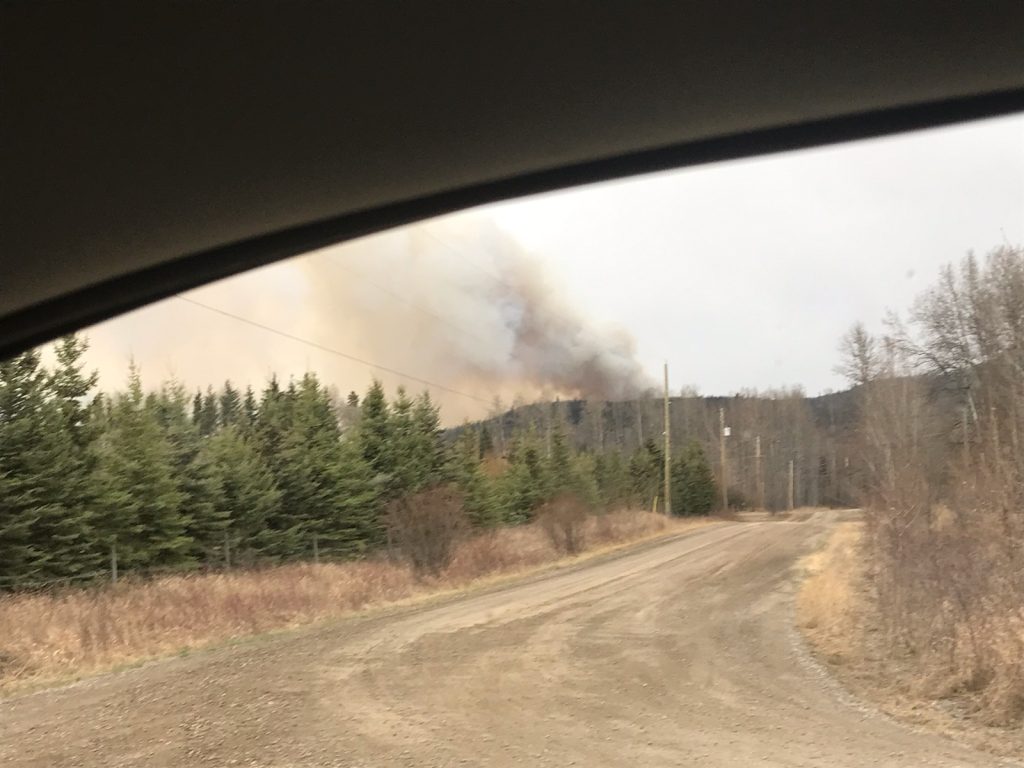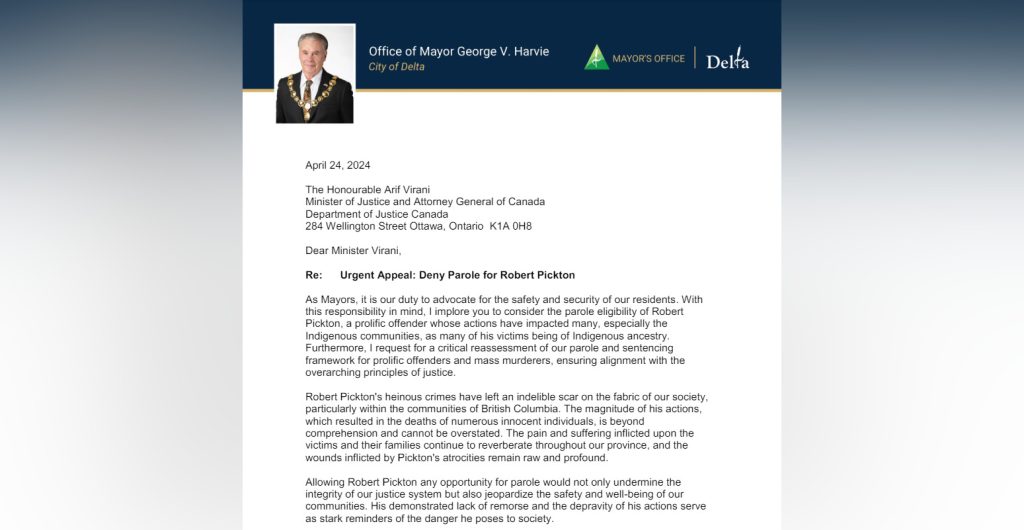U.S. oil futures trade below zero for the first time
Posted April 20, 2020 11:47 am.
Last Updated April 20, 2020 7:00 pm.
(NEWS 1130) — The price for U.S. crude oil slipped below zero Monday amid the pandemic and traded in the negative for the first time ever.
The May contract expires Tuesday, meaning holders have to take physical delivery even as U.S. oil storage is almost full.
NEGATIVE OIL PRICE. US oil futures trade below zero for the first time. The May contract expires tomorrow, requiring physical receipt of crude even as storage is close to full. pic.twitter.com/x33Mlv6Wvw
— Richard Dettman (@rwdettman) April 20, 2020
It cost sellers more than $35 U.S. per barrel to dump their investment.
At the low, the price of oil dropped by 108 per cent compared to Friday’s close.
Oil started the day at $18.27 a barrel.
Stocks and Treasury yields also dropped on Wall Street, with the S&P 500 down 1.8 per cent, but the market’s most dramatic action by far was in oil.
The cost to have a barrel of U.S. crude delivered in May plummeted to negative $37.63. It was at roughly $60 at the start of the year.
Traders were paying $20.43 for a barrel of U.S. oil to be delivered in June, which analysts consider to be closer to the “true” price of oil.
Crude to be delivered next month, meanwhile, ran up against a stark problem: traders running out of places to keep it, with storage tanks close to full amid a collapse in demand as factories, automobiles and airplanes sit idled around the world.
Tanks at a key energy hub in Oklahoma could hit their limits within three weeks, according to Chris Midgley, head of analytics at S&P Global Platts.
Because of that, traders were willing to pay others to take that oil for delivery in May off their hands, so long as they also take the burden of figuring out where to keep it.
“Almost by definition, crude oil has never fallen more than 100 per cent, which is what happened today,” said Dave Ernsberger, global head of pricing and market insight at S&P Global Platts.
“I don’t think any of us can really believe what we saw today,” he added. “This kind of rewrites the economics of oil trading.”
Also exacerbating the volatility is that few traders are buying and selling U.S. oil to be delivered in May. They won’t even have the opportunity to do so after Tuesday, when trading contracts for it expire and the earliest delivery they’ll be able to buy is for June.
Brent crude, the international standard, fell nearly nine per cent to $25.57 per barrel.
The plunge in oil sent energy stocks in the S&P 500 to a 3.7 per cent loss, the latest in a dismal 2020 that has caused their prices to nearly halve.
Halliburton lurched between gains and sharp losses, even though it reported stronger results for the first three months of 2020 than analysts expected. The oilfield engineering company said that the pandemic has created so much turmoil in the industry that it “cannot reasonably estimate” how long the hit will last. It expects a further decline in revenue and profitability for the rest of 2020, particularly in North America.
The S&P 500 fell 51.40 points to 2,823.16. The Dow Jones Industrial Average lost 592.05 points, or 2.4 per cent, to 23,650.44, and the Nasdaq dropped 89.41, or one per cent, to 8,560.73.
The losses ate into some of the big gains indexes have made since late March, driven lately by investors anticipating the potential reopening of businesses as infections level off in hard-hit areas. Pessimists have called the rally overdone, pointing to the severe economic pain sweeping the world and continued uncertainty about how long it will last.










